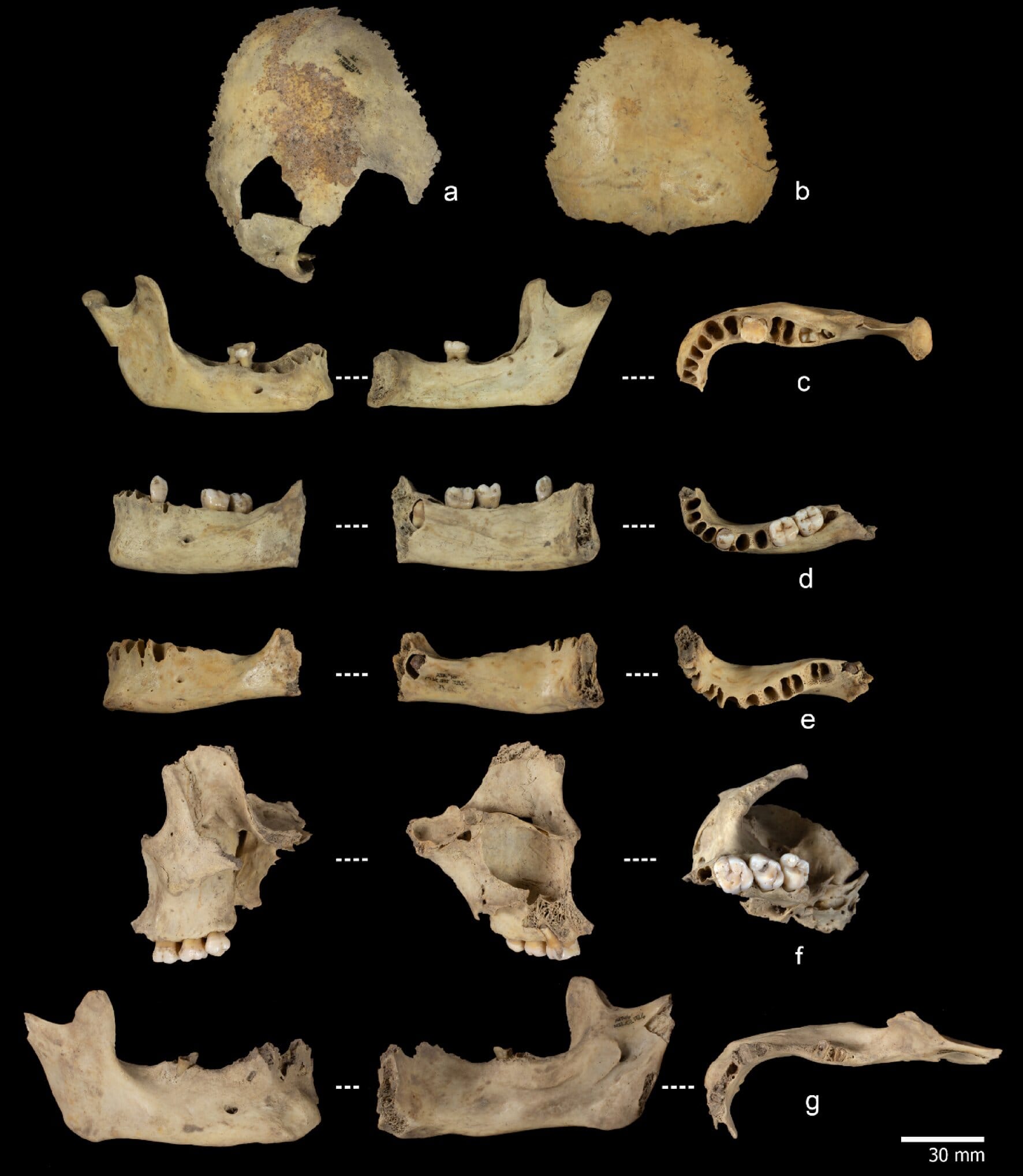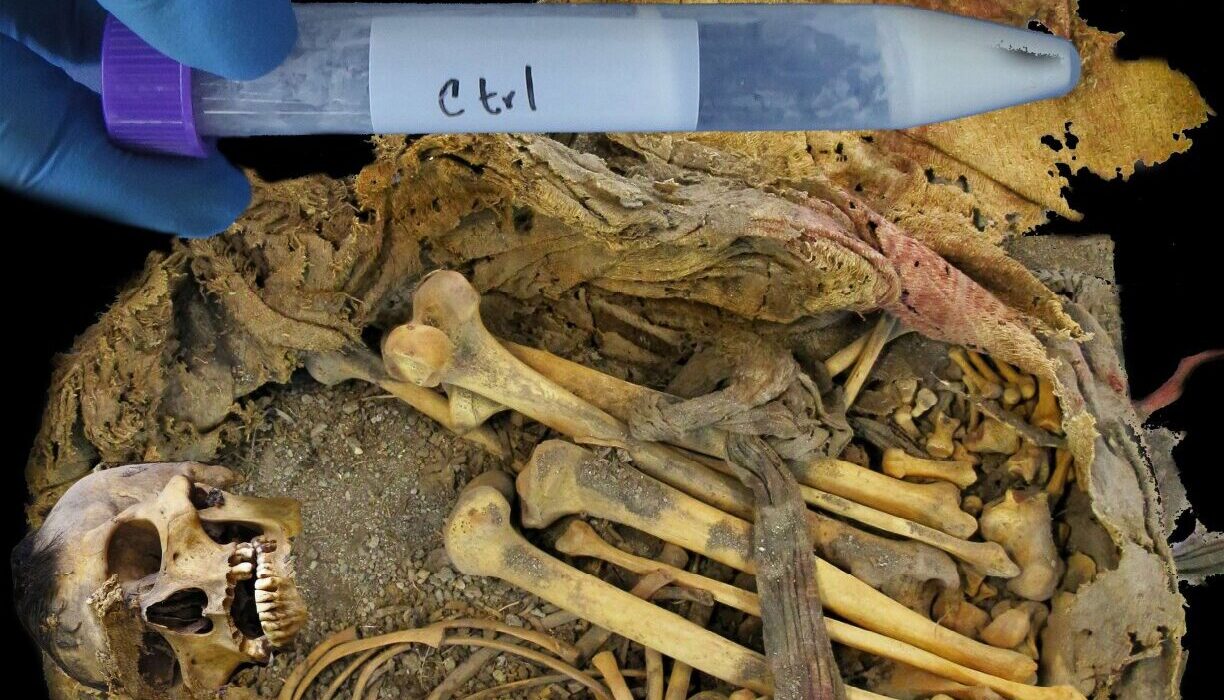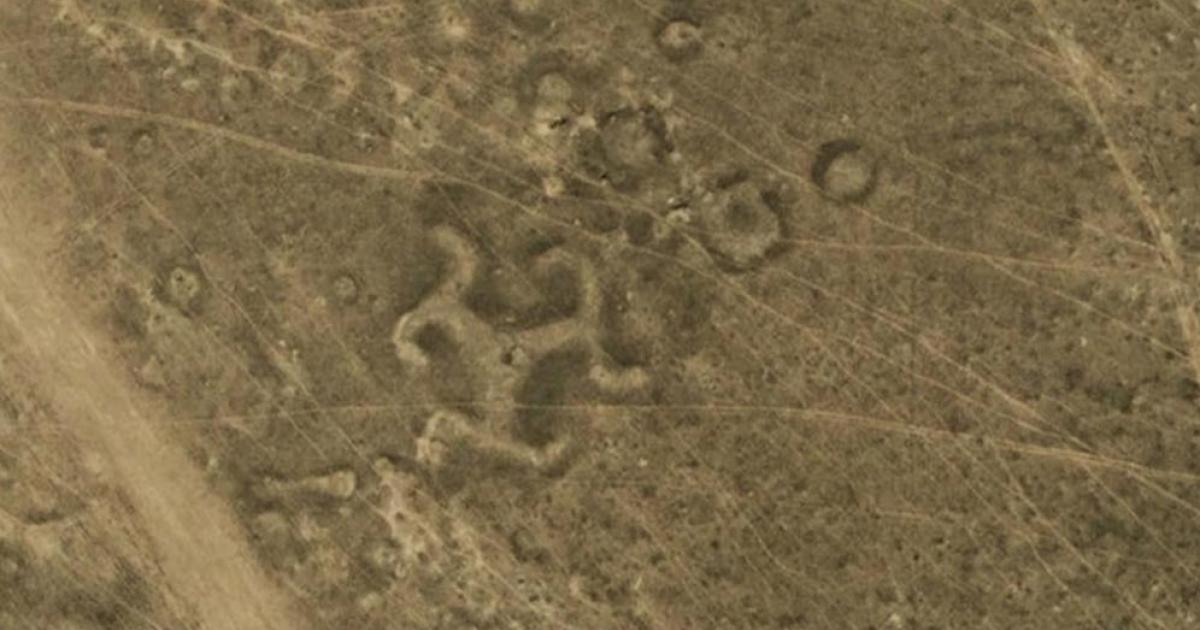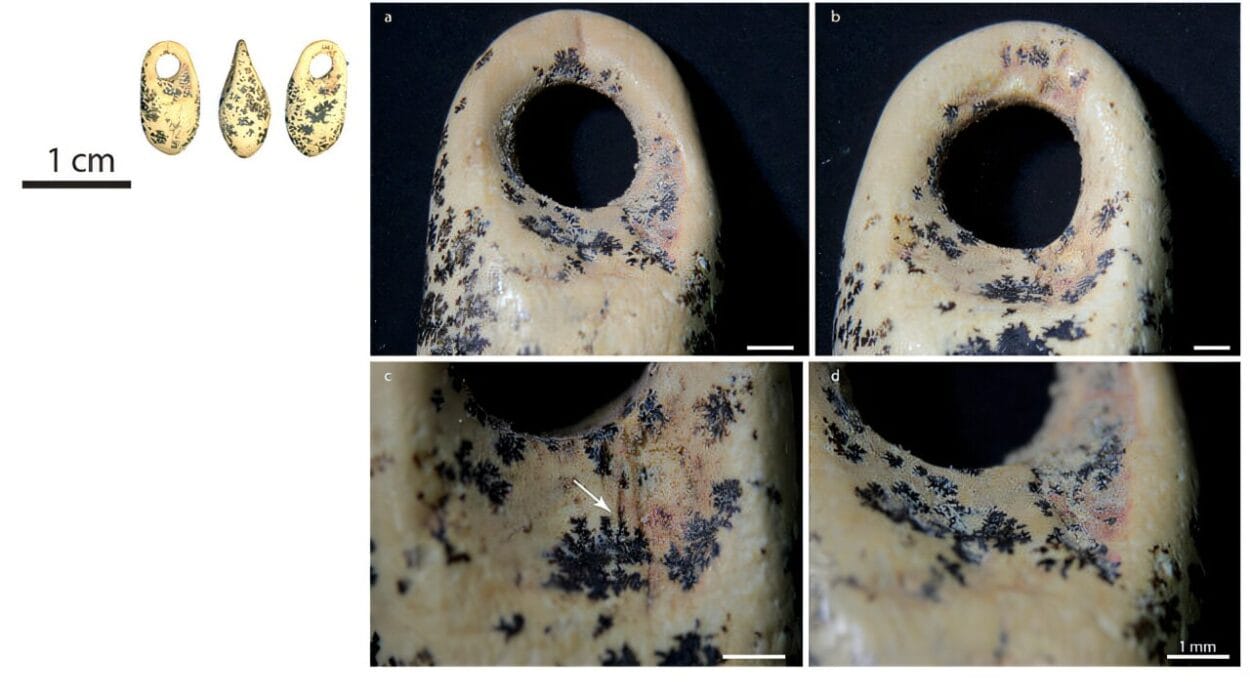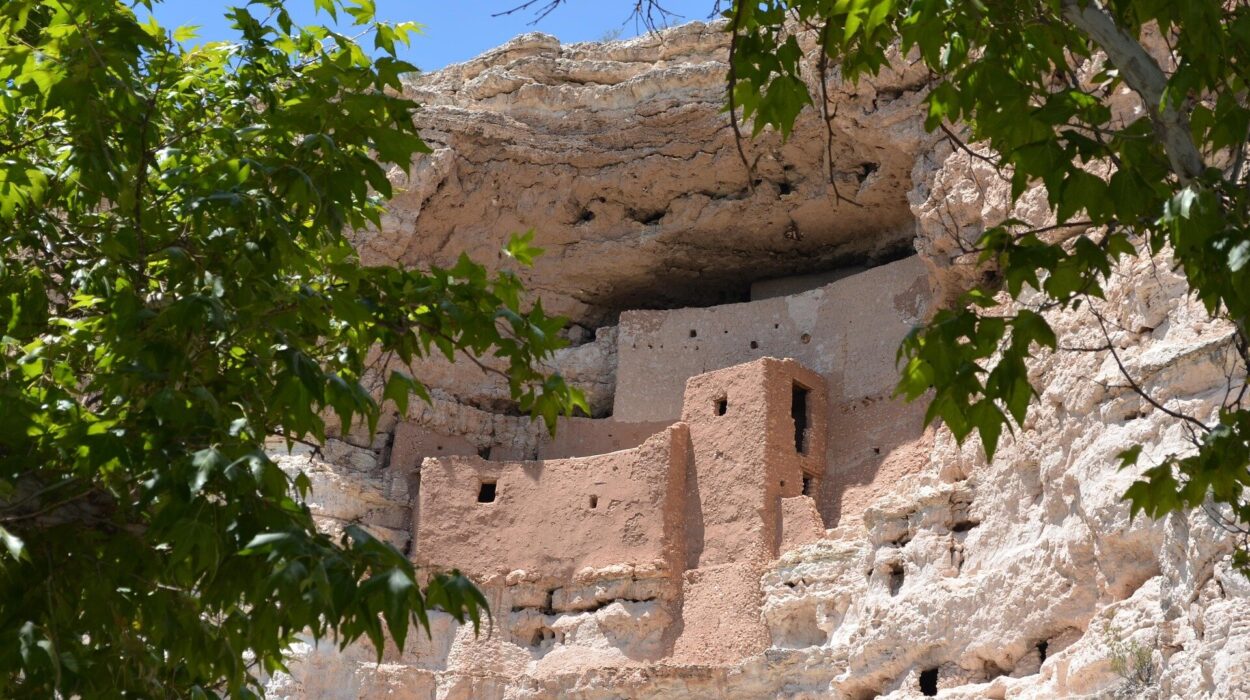High in Spain’s Atapuerca mountains, deep inside the shadowed recesses of El Mirador Cave, archaeologists have uncovered a chilling secret from humanity’s distant past. Buried within the earth lay the bones of men, women, and children — their surfaces etched with the unmistakable marks of knives, axes, and human teeth. The evidence is stark: around 5,700 years ago, during the Late Neolithic, cannibalism may not have been a desperate last resort, but a deliberate act.
The findings, published in Scientific Reports, come from the work of Francesc Marginedas and his colleagues at the Catalan Institute of Human Paleoecology and Social Evolution (IPHES) in Tarragona, Spain. Examining more than 600 bones and bone fragments from 11 well-preserved skeletons, they have pieced together a story that is as scientifically significant as it is unsettling.
What the Bones Tell Us
Under the microscope, the bones reveal a scene that would be unthinkable in the modern world. Of the remains analyzed, 69 bones bore clear butchery marks — deep slices where flesh had been cut away. Others carried chop marks, suggesting the deliberate separation of limbs. Some bones had a translucent sheen and rounded edges, signs they had been boiled. The larger bones were fractured in ways consistent with marrow extraction — a high-calorie prize in prehistoric diets.
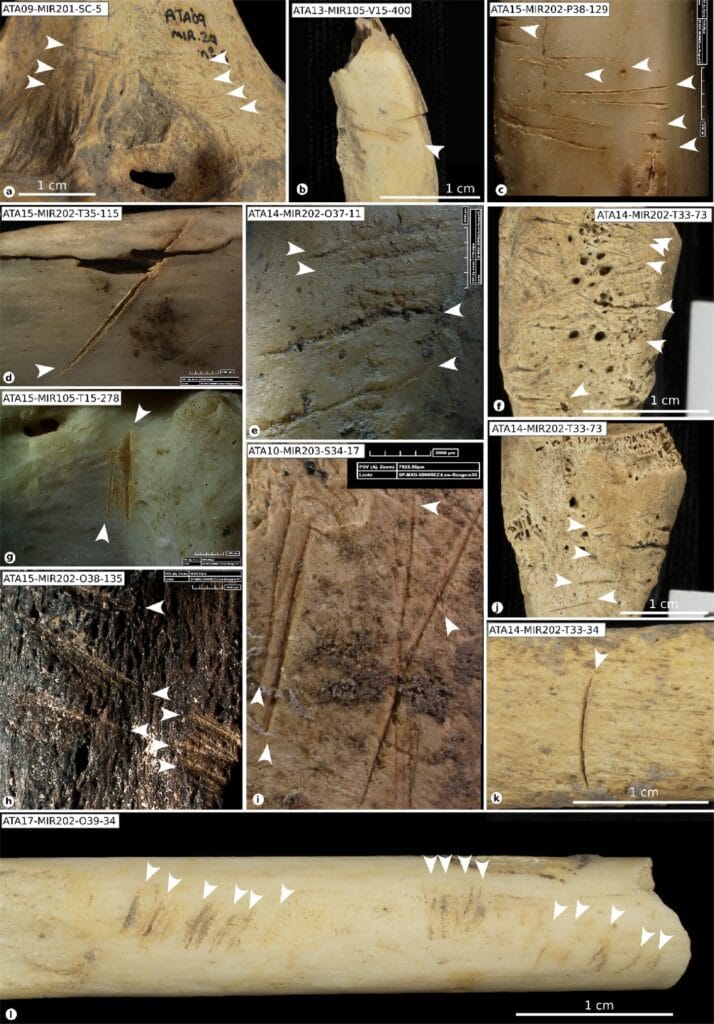
Yet this was not the frenzied work of starving survivors. Marginedas and his team concluded that the cannibalism took place after death, with bodies being systematically skinned, dismembered, cooked, and consumed, possibly over several days.
Violence, Not Survival
Cannibalism in prehistory is notoriously difficult to interpret. Sometimes it is born of necessity — a grim act of survival when food is scarce. Other times, it forms part of ritualistic funerary practices, or even symbolic acts intended to honor the dead. But in this case, the researchers found no sign of famine in the region, and no archaeological evidence of ceremonial intent.
Instead, they believe the victims — likely members of a single family or extended kin group — were slaughtered by outsiders in a single episode of violence. This interpretation is bolstered by evidence of similar Neolithic massacres in Spain, France, and Germany. The cannibalism, they suggest, was an extension of this intergroup brutality — perhaps an act of domination, revenge, or sheer terror.
Rethinking the Neolithic
El Mirador Cave is no stranger to dark discoveries. Previous excavations have uncovered ceremonial skull caps and other evidence of violent practices stretching across centuries. Together, these findings challenge the popular image of the Neolithic as a time of peaceful farming communities bound by cooperation.
Instead, the emerging picture is one of tension, competition, and at times, lethal conflict. Far from being a purely agricultural utopia, Late Neolithic Europe may have been a landscape where resources, territory, and power were contested with deadly force.
Echoes Across Millennia
While the thought of cannibalism is repellent to modern sensibilities, it remains part of our species’ complex history. For the people of El Mirador’s ill-fated family, their deaths and consumption were likely meant to send a message — one that resonated with fear and dominance rather than nourishment or ritual honor.
As archaeologists sift through the layers of the cave, they are not just uncovering bones. They are unearthing stories — of violence, survival, and human nature itself — that remind us how the past can be both familiar and alien at once.
The silent remains from 5,700 years ago still speak, and what they tell us is not just about how we lived, but how we fought, feared, and sometimes consumed one another. The Neolithic, it seems, was far more complex — and far darker — than we once imagined.
More information: Palmira Saladié et al, Evidence of neolithic cannibalism among farming communities at El Mirador cave, Sierra de Atapuerca, Spain, Scientific Reports (2025). DOI: 10.1038/s41598-025-10266-w
